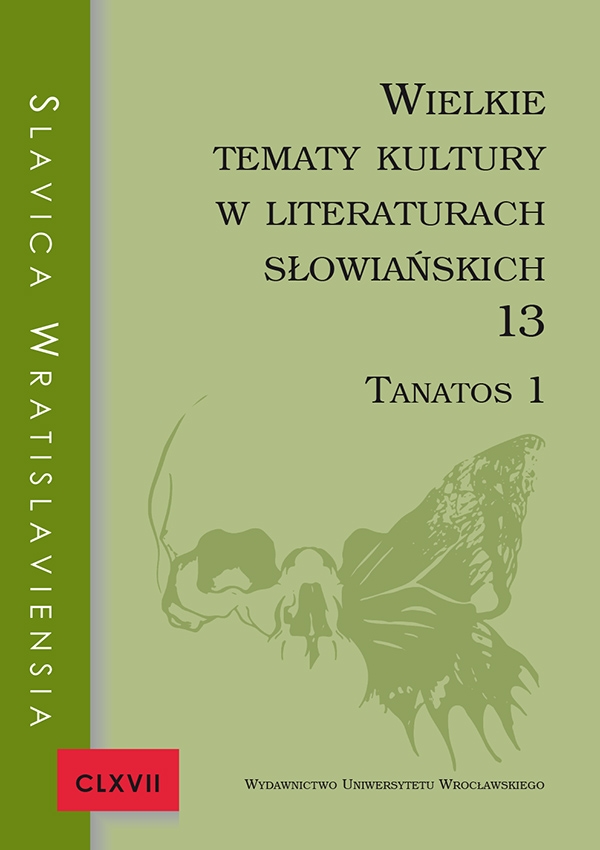

Artykuły (bez nazwy działu)

“The city of the dead where everyone is alive”: Contextual synonymy of “life” and “death” in the prose of Mikhail Shishkin
One of the main characteristic features of Mikhail Shishkin’s prose is the tendency to eliminate the opposition of complementary antonyms, as life/death, or light/darkness. In the present paper analysis is offered of Shishkin’s artistic reality which determines the mutual permeability of semantic boundaries between the components of this antithesis and the appearance of such narrative formulae as “the city of the dead where everyone is alive” or “your son has fallen in action, but he is alive and healthy”. With M. Shishkin, being born, dying and being brought back to life, acquire a chance to happen again and again within the life span of one and the same personage. The antithetic nature of life and death is weakened or altogether annihilated by pragmatic validity of such statements, by the plot as well as by the author’s conscious intention. The substitution of syntagmatic ties between the elements of the narrative with paradigmatic ones and the introduction of pseudo-alogisms into the plot of the text allow the reader to accept them as true statements which is not inconsistent with the laws of artistic reality.
„Město mrtvých, kde jsou všichni naživu”: kontextuální synonyma „života” a „smrti” v próze Michaila Šiškina
V próze Michaila Šiškina se jasně projevuje tendence k zrušení protikladů ve významu komplementárních antonym život/smrt, světlo/tma. Ve studii prozkoumáváme právě tyto zákony, jejichž důsledkem bude propustnost sémantické hranice mezi prvky protikladů, a vznik narativních vzorců jako například „město mrtvých, kde jsou všichni naživu” anebo „váš syn zemřel, ale ten je živ a zdráv”. Narození, umírání, vzkříšení u Michaila Šiškina nabývá schopnost k opakování stejné postavy v příběhu. Slovní antonymie živé a mrtvé se oslabí anebo dokonce odstraní pomocí pragmatického odůvodnění těchto spojení, jejich podmínění situačním kontextem, úmyslným stvořením epizody. Výměna lineárních, syntagmatických vztahů mezi narativními prvky za paradigmatické, přenos imaginárních alogismů na úroveň námětu umožňují tyto prvky považovat za pravdivá prohlášení, která zákonům stvoření umělecké reality neodporují.